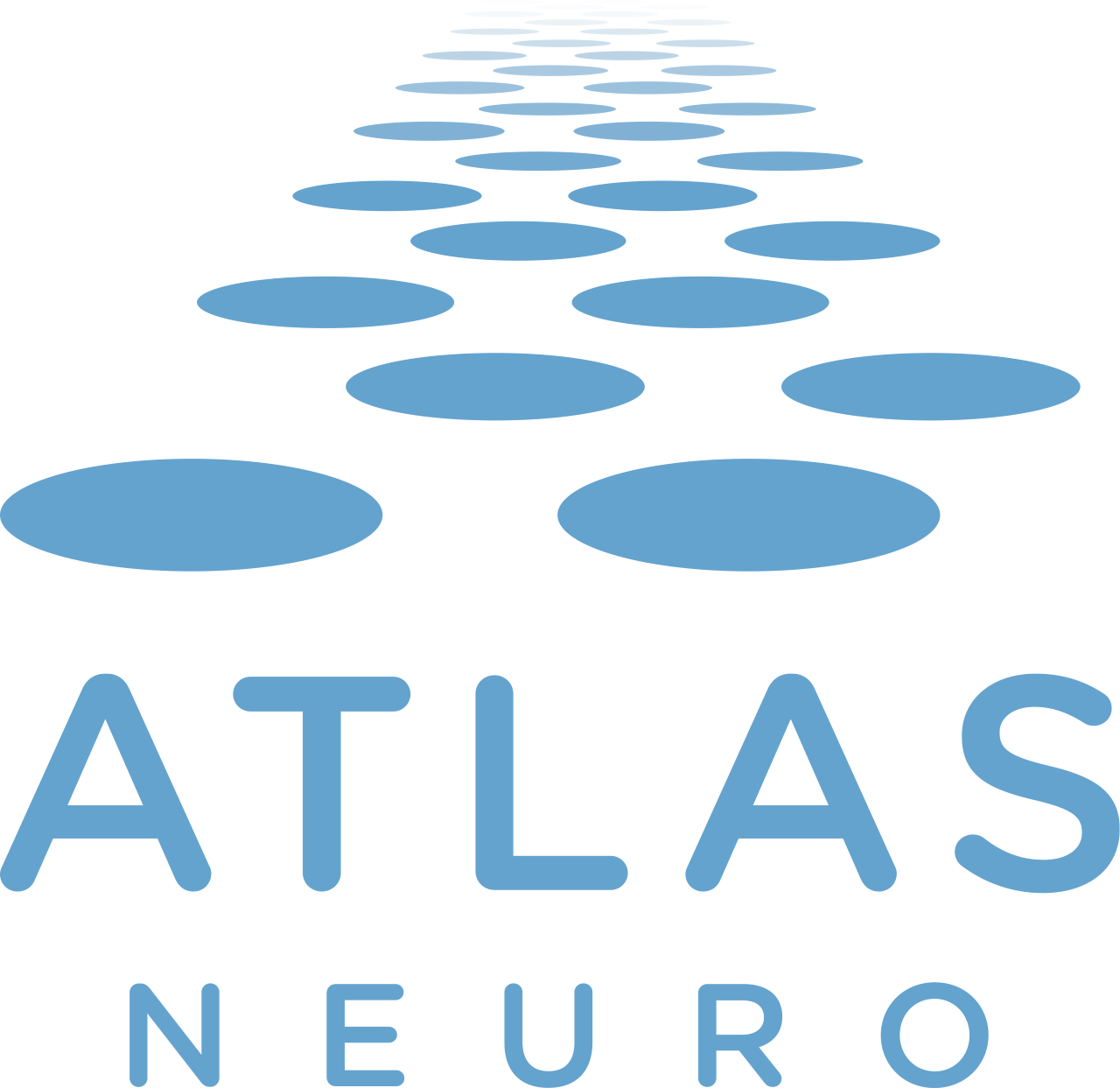Presentation (8) details
Encoding and decoding visuomotor task and behavioral parameters using spectro-laminar beta rhythm patterns in macaque motor cortex
SfN 2023 – November 11-15, Washington, D.C. (poster)
Encoding and decoding visuomotor task and behavioral parameters using spectro-laminar beta rhythm patterns in macaque motor cortex
Laura López-Galdo, Simon Nougaret, Demian Battaglia, Bjørg Elisabeth Kilavik
[Affiliations:
- Institut de Neurosciences de la Timone (INT), UMR 7289, CNRS, Aix-Marseille Université, 13005 Marseille, France
- Institute for Systems Neuroscience (INS), UMR 1106, Inserm, Aix-Marseille Université, 13005 Marseille, France
- University of Strasbourg Institute for Advanced Studies (USIAS), F-67000 Strasbourg, France]
Beta rhythms are ubiquitous in the motor cortex, and many functional roles were proposed. We recently described a double-dissociation between different beta bands in macaques local field potential (LFP), with low beta (<20Hz) in primary motor cortex (M1) correlating with movement preparation and spontaneous postural dynamics, and high beta (>20Hz) in dorsal premotor cortex (PMd) correlating with temporal task prediction and dynamical visuospatial attention (Nougaret et al. 2023, bioRxiv, doi:10.1101/2023.03.28.534535). Even within the low and high beta bands, individual beta events are highly heterogeneous in their temporal, spectral and spatial dynamics. We here explore single-trial spectro-spatial beta rhythm patterns in motor cortical laminar recordings in two male macaques during visuomotor behavior, to determine their relationship to different aspects of the behavioral task and performance. In order to incorporate the laminar dimension to this analysis, we applied Non-negative Tensor Factorization (NMF) to time-frequency single trial LFP data, to decompose it into spectro-spatial patterns. We found that these patterns underwent fluctuations in amplitude, and we termed moments with relatively high amplitude of a pattern "crackles". Crackles resemble "bursts”, although their overall amplitude could be weak compared to total LFP power in the beta range. The rates of occurrences of crackles for individual patterns were characteristically modulated by the task, and encoded task-related information. Furthermore, they could be used as features for decoding. Specifically, there was significant Mutual Information (MI) between crackles and task conditions, which allowed us to build a random forest decoder able to extract the identity of the condition cue from the "instantaneous" crackling rate of the patterns within single trials. In conclusion, the power across the total beta range can be decomposed into multiple spectro-laminar patterns that correlate with the behavioral task. These spectro-laminar patterns might reflect specific neuronal subpopulations or network states.
















